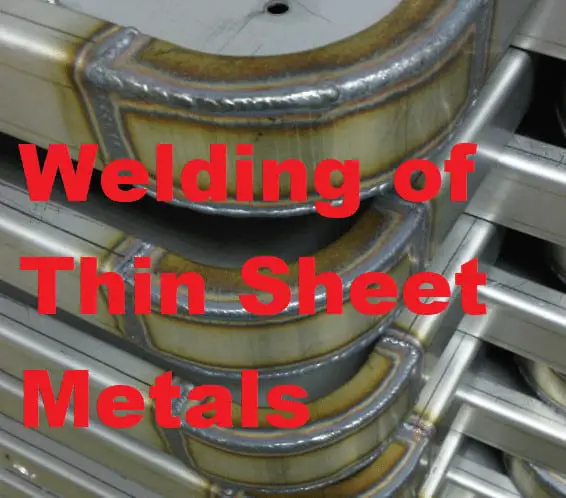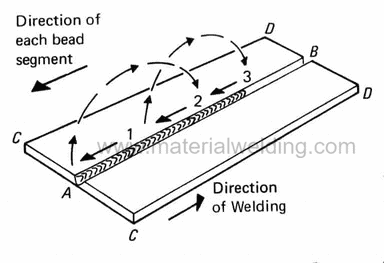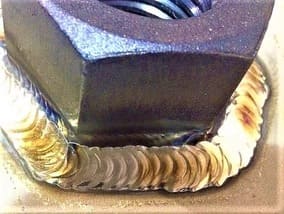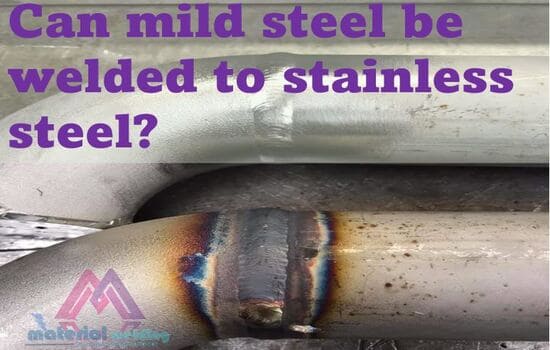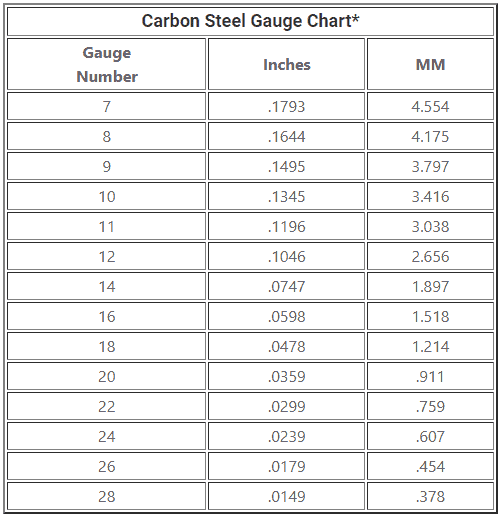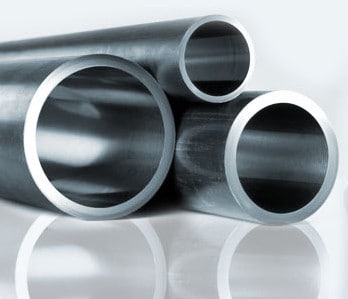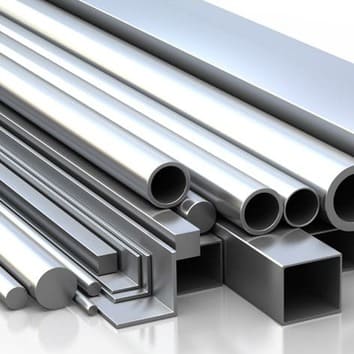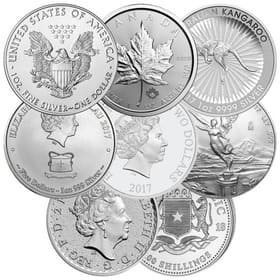What are the Challenges in Thin stainless steel welding?
TIG Welding thin stainless steel sheets or tube is a challenging task that requires very high welder skills- both manual as well as equipment setup.
When welding thin stainless steel- as we know is having high thermal expansion and lower thermal conductivity (ability to transfer heat within material) making is very easy to get warpage (distortion), burh through due to heat accumulation during welding and sensitive to hot cracking due to high austenitic microstructure.
In general, welding stainless steel (thin sheet metal or tubing) has following challenges:
- High chances of burn-through due to small material thickness
- High distortion
- Hot cracking
- Getting adequate penetration
- Poor weld quality/ finish
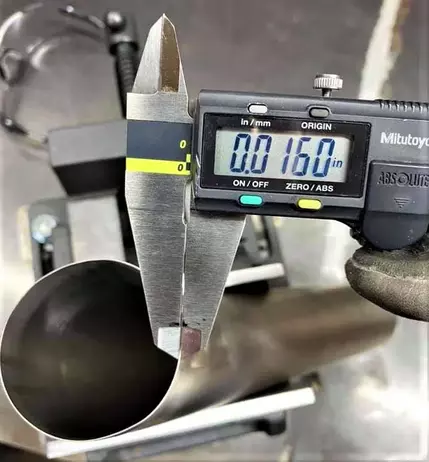
Welding thin stainless steel with TIG welding
One of the major problems when welding thin stainless steel is burn through as the material thickness is not sufficient to hold the heat.
Related reading: Sheet Metal Welding Guide: Weld 16, 20 and 25 or other Gauge Sheet Metal
An example of burn through is shown in below picture.
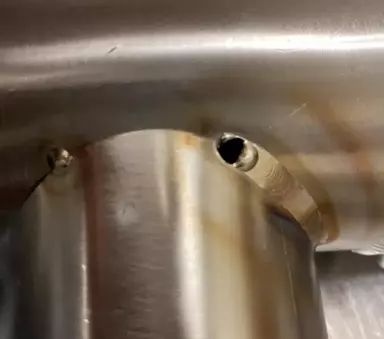
The most important rules while welding thin stainless steel is to use the right welding techniques- that is using the right filler diameter, tungsten electrode, welding parameters along with shielding gas flow rate.
When welding thin stainless pipe/ tube follow below guidelines:
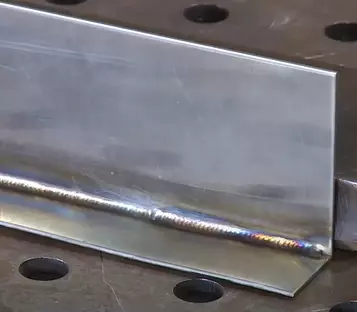
- first most important- YOU NEED A FINE TUNGSTEN ELECTRODE. A small diameter tungsten electrode in TIG welding with small diameter filler rod is the perfect friend when you weld thin stainless steel sheet metal or tubing.
- Secondly, choose the correct welding parameters- Welding current (Amperage). 40 to 60 ampere is the right when welding thin stainless steel. Use lower side settings i.e., 40 amperes when welding 12- 16 gauges.
- You might need to lower down in case of 16- 20 gauges material. But key is lower your ampere if you are welding thinner materials.
- Keep a gas flow of 10- 15 cfh to allow cooling effect & good weld pool protection.
How to Make a good restart in TIG Welding?
Have you tried more practice?
Making a perfect TIG restart when welding small gauge thickness either of stainless steel or carbon steel requires practice & practice- Until you get perfection.
Maybe you just need to keep doing it instead of chasing a theoretical problem that keeps you running in circle. Just keep at it – you’ll get it.
And just to contribute a little – I start just ahead of my last dab (weld dimes) by 1 or 2 dabs. Quickly establish the pool to the same width as the bead, back up to the last dab, and start moving.
I do it this way because the heat will not build on the bead and make the next dab too hot. It took some practice to get it right.
As you come into your stops you can drag out your last dab to “thin it out”. Then when you restart you have that thin 1/4-1/2 landing strip (lol) to puddle up quick, tie in, and get moving.
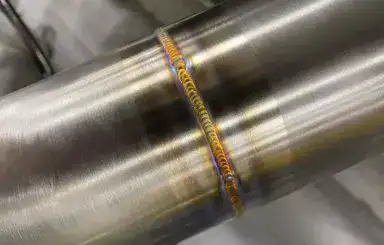
Otherwise, proper “tie in theory” would be to start just ahead of stops on material, puddle slowly, then back up to your stop nipple (eye) kinda quick to then advance forward with an uber dab then off to the races.
This will get of “fisheyes” in all stops on both outside and inside if done properly.
Also, here’s a major pro tip: make sure your filler rod is also post flowed (tuck it in the cup) if you dab and then pull it away from argon it slightly cooks and then your first dab will almost always wander due to the impurities from over oxidation.
How to Weld thin stainless steel with MIG-MAG welding?
Welding thin stainless steel with MIG is more difficult as you will going to have less control on weld puddle as you can have in TIG Welding.
The continuous wire need to be rest on the joint in MIG welding. When MIG welding of thin stainless steel gauge sheet or pipes, practice to weld with high travel speed thus help you to avoid the burn through.
Always keep welding amps on lower side. Choose based on the actual thickness. Set a pre-flow & post flow from the machine setting.
It is best if you have a pulse MIG welder which is very good to give you low heat input, controlled wire feed along with optimized welding parameters.
How to Make corner joint with thin stainless steel?
When welding corner joint, it is essential to have a back purge as weld will not be fully protected as the case in a T joint or fillet weld.
You need to keep welding speed bit slower than welding a pipe joint to ensure a good fusion in corner joints.
How to Weld thin to thick stainless steel?
Welding of thin stainless steel to thick stainless steel is performed by keeping the welding arc heat on thicker part.
This will allow you to counter the high heat on thin sheet metal part and avoid any burn-through problem.
Also, the thicker side requires more heat to get good fusion compared to thin side.
Key to success for thin stainless steel welding
- Use small diameter tungsten and filler wire diameter.
- Keep travel speed on higher side.
- Use welding current on lower side.
- Keep practicing until you become perfect.
